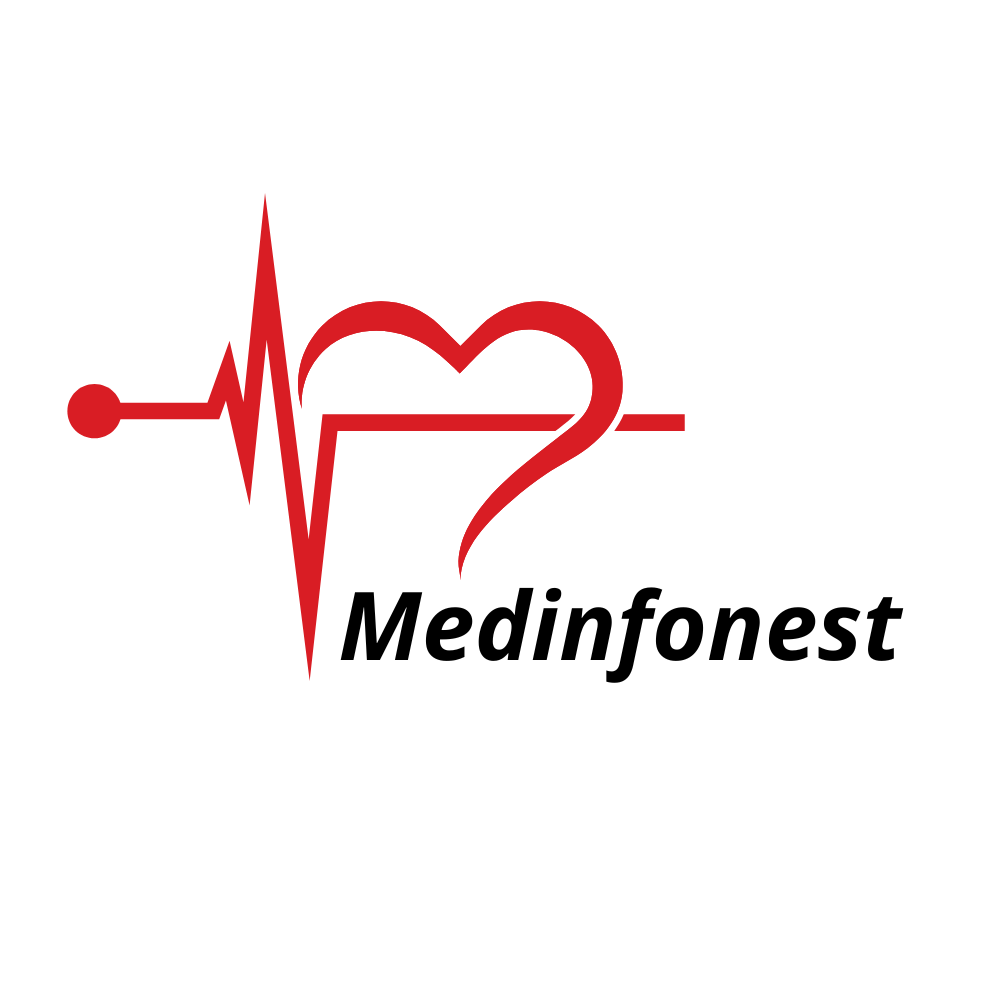Endoscopy is a procedure that allows a doctor to examine a patient’s body without carrying out major surgery. It is a completely non-invasive procedure that has dramatically changed the approach to the diagnosis and treatment of numerous diseases. It has implications in diagnosing and managing a wide range of health conditions, including abdominal discomforts, joint problems, and many others. This article provides a comprehensive overview of endoscopy, including the different types, benefits, risks, and what to expect before, during, and after the procedure.
What Is Endoscopy?
Current endoscopy involves the use of a slender, flexible tube known as an endoscope, equipped with a light and video camera at its end. This instrument is introduced into the body through a natural orifice, such as the mouth or anus, or through a small cut on the skin. The camera transmits images and live video feed to a monitor, allowing the doctor to closely examine internal organs and tissues. Diagnostic endoscopy refers to using the endoscope to view the inside of the body, while therapeutic endoscopy involves using it to treat various ailments. They assist in diagnosing conditions, determining the cause of symptoms, conducting biopsies, and treating some diseases.
Types of Endoscopy
Essentially, endoscopy is not always the best option for everyone, as it may not be suitable for all cases. Techniques in endoscopy are used to investigate various parts of the human anatomy depending on the type of endoscope used. Here are the most common types:
- Upper Endoscopy (Esophagogastroduodenoscopy): This type of endoscopy examines the esophagus, stomach, and a portion of the small intestine called the duodenum. It is typically used to investigate symptoms such as heartburn, recurring vomiting, or difficulty swallowing. It can also diagnose ulcers, tumors, and other gastrointestinal bleeding symptoms.
- Colonoscopy: This procedure inspects the colon and rectum. It is a crucial diagnostic tool for screening colon cancer, identifying polyps, and diagnosing inflammatory bowel diseases like Crohn’s disease and ulcerative colitis. Colon polyps detected during colonoscopy can often be removed simultaneously, which helps prevent colon cancer.
- Bronchoscopy: This type of endoscopy investigates the trachea and lungs. It is used to check for lung infections, tumors, and other blockages. Bronchoscopy is also useful for removing foreign bodies from the airways and sampling lung tissue.
- Cystoscopy: Cystoscopy examines the bladder and urethra. It is instrumental in diagnosing urinary system infections, detecting kidney stones, and identifying cancerous growths in the bladder. During cystoscopy, the doctor may also remove small bladder stones or take tissue samples for biopsy.
- Arthroscopy: Arthroscopy is used to diagnose and treat joint problems, such as those in the knee, shoulder, or wrist. It is often employed to identify and treat ligament tears, cartilage wear, and arthritis. Arthroscopy is increasingly popular among patients due to its minimally invasive nature compared to open surgery.Related Reading: Find out when joint damage deteriorates sufficiently that Total Knee Replacement becomes an available solution. Read more here.
Why Is Endoscopy Performed?
Endoscopy can be used for various reasons based on the patient’s symptoms and the body part being examined. The procedure is highly useful for both diagnosis and treatment of many types of pathology. Here are some common reasons why endoscopy is performed:
- Investigating Symptoms: Endoscopy is often preferred when patients present symptoms like prolonged abdominal pain, persistent diarrhea, or unexplained weight loss. By examining the body’s internal organs, doctors can identify the cause of these symptoms, such as inflammation, ulcers, or tumors.
- Diagnosing Conditions: Endoscopy plays a significant role in diagnosing various illnesses affecting the gastrointestinal tract, respiratory system, and urinary system. For example, an endoscopy can reveal ulcers or lesions in the upper gastrointestinal tract, while a colonoscopy is used to check for polyps or cancer in the colon.
- Screening for Cancer: Specific types of endoscopy, such as colonoscopy and upper endoscopy, are crucial for cancer diagnosis. Early detection of cancerous or precancerous conditions through endoscopy can significantly improve long-term prognosis.
- Performing Biopsies: During an endoscopy, it is possible to take small tissue samples from the examined area. These samples are sent to a laboratory for testing, especially if the doctor suspects cancer or an infection.
- Treating Conditions: Endoscopy is not only a diagnostic technique but also a therapeutic one. For instance, during an upper endoscopy, the doctor may remove polyps, treat bleeding ulcers, or expand a narrowed esophagus. In bronchoscopy, foreign bodies can be removed from the airways, and in cystoscopy, tiny bladder stones can be removed.Related Reading: Read more about Kidney Biopsy and the significance of this diagnostic tool in our published article. Read more here.
Preparation for Endoscopy
Several necessary steps are important in preparing a patient for an endoscopy. These steps may vary depending on the type of endoscopy being performed. Here’s what you generally need to do:
- Fasting: For most types of endoscopy, especially those involving the gastrointestinal tract, you may be required to abstain from food for several hours before the procedure. This ensures that your stomach and intestines are clear, providing a better view for the doctor.
- Medication Adjustments: Some individuals should avoid certain medications, such as blood thinners, several days before the procedure. This is especially important if there is a risk of bleeding during the endoscopy. Always inform your doctor about all the medications you are taking.
- Laxatives: For procedures like colonoscopy, you will be required to take a cleansing solution to clear your bowel before the procedure. A clean colon minimizes the chance of missing small polyps or other signs and gives the doctor a clearer view.
- Arrange for Transportation: Many endoscopies require sedation, so you will not be able to drive yourself home. Arrange for someone to take you home and have company for a few hours after the procedure to avoid any issues while driving.Related Reading: Appreciate the significance of preparation in tasks such as Peritoneal Dialysis where pre-procedure guidelines are strictly followed. Read more here.
What to Expect During the Procedure
This article outlines the details of the procedure and helps patients prepare for an endoscopy, making the experience more comfortable. The procedure typically involves the following steps:
- Sedation: Before the endoscopy begins, you will receive sedatives to minimize discomfort or be placed under general anesthesia. The level of sedation may vary from light relaxation to full unconsciousness.
- Insertion of the Endoscope: While you are sedated, the doctor will insert the endoscope through an oral or anal cavity, or a small surgical cut. The endoscope has a camera that sends images to a screen for the doctor to examine.
- Examination and Treatment: The doctor will examine the internal organs and tissues to diagnose or rule out any problems.
- Monitoring: Constant monitoring of vital signs during the procedure is crucial to prevent complications. Most endoscopies take between 15 to 30 minutes, but this may vary depending on the type of procedure.
After the Procedure
Depending on the severity of the case and the level of sedation, you will need some time to recover after the endoscopy. Here’s what to expect post-procedure:
- Recovery Room: You will be moved to a post-operative room and observed until the effects of the anesthesia wear off. Mild discomforts such as a headache, dizziness, or slight fatigue may occur within hours after the procedure.
- Mild Discomfort: After the endoscopy, you may experience mild discomforts like a sore throat, bloating, or trapped wind, depending on the type of endoscopy performed. These symptoms are usually mild and resolve within a day.
- Results Discussion: Results may require further explanation or may only be provided once you are fully awake. If biopsies were taken, there will be a wait of a few days to receive the results. Your doctor will also provide information on recovery and any further treatment needed.
- Resuming Activities: Most patients can return to their normal activities the day after the procedure. However, it is advisable to avoid strenuous activities for a day or two.Related Reading: To learn more about what to anticipate following surgery or any other clinical procedures, read our Peritoneal Dialysis blog. Read more here.
Benefits of Endoscopy
Endoscopy offers several advantages compared to traditional surgical techniques. Here are some key benefits:
- Minimally Invasive: Compared to open surgery, endoscopy is much less invasive, resulting in smaller incisions, less pain, and quicker recovery times. Many endoscopic procedures can be performed on an outpatient basis, allowing you to return home immediately after the procedure.
- Accurate Diagnosis: The improved image quality of endoscopy enables doctors to make precise diagnoses. This is particularly valuable in the early detection of cancers, benign tumors, polyps, and other subtle pre-malignant or malignant lesions.
- Therapeutic Capabilities: Endoscopy is not just a diagnostic tool; it also has therapeutic applications. For example, endoscopic procedures can treat various conditions by removing tumors or polyps, controlling bleeding, and even performing certain surgical interventions.
- Reduced Risk of Complications: Endoscopic procedures generally have lower risks of complications compared to open surgeries. This includes a lower risk of infection, reduced bleeding, and quicker healing times.
Risks and Complications
Despite its benefits, endoscopy carries some risks and potential complications. Understanding these risks helps in making an informed decision about undergoing the procedure:
- Bleeding: Although rare, bleeding can occur, especially if biopsies are performed or if the procedure involves treating certain conditions.
- Infection: There is a small risk of infection at the site of insertion, though this is usually managed with proper sterile techniques and antibiotics if necessary.
- Perforation: In rare cases, the endoscope may cause a tear in the lining of the organ being examined, leading to a perforation. This is a serious complication and usually requires additional surgery to repair.
- Adverse Reactions to Sedation: As with any procedure involving sedation, there is a risk of adverse reactions, including allergic reactions or breathing issues. However, these are usually well managed by medical professionals.
Conclusion
Endoscopy is a powerful diagnostic and therapeutic tool that has revolutionized the way doctors diagnose and treat many medical conditions. With its minimal invasiveness and ability to provide detailed internal views of the body, endoscopy allows for early diagnosis and treatment of various ailments, potentially improving patient outcomes and quality of life. Understanding what to expect before, during, and after the procedure can help reduce anxiety and contribute to a smoother experience.
Related Reading: For more on the advantages and preparation related to Kidney Biopsy or other invasive procedures, check our detailed blogs. Read more here.
FAQs
1. What should I do if I experience pain after an endoscopy?
Minor discomfort is normal, but if you experience severe pain, fever, or excessive bleeding, contact your doctor immediately.
2. How long does it take to recover from an endoscopy?
Recovery time varies depending on the type of endoscopy. Most people resume normal activities within a day or two.
3. Are there any dietary restrictions after an endoscopy?
Typically, you can return to your normal diet after the procedure, but follow any specific dietary instructions given by your doctor.
4. Can endoscopy detect cancer?
Yes, endoscopy can detect cancerous or precancerous conditions, particularly in the gastrointestinal tract, lungs, and urinary system.
5. How often should I get an endoscopy if I have symptoms?
The frequency of endoscopy depends on your symptoms and medical history. Your doctor will recommend a schedule based on your specific condition.
6. Is sedation always required for endoscopy?
Most endoscopies involve some form of sedation, but the level varies. Some procedures may use local anesthesia instead.
7. Can I drive myself home after an endoscopy?
No, you should arrange for transportation home, as sedation can impair your ability to drive.
8. How accurate is an endoscopy in diagnosing diseases?
Endoscopy is highly accurate and can provide detailed images, but some conditions may require additional tests for confirmation.
9. Are there any long-term risks associated with endoscopy?
Long-term risks are rare, but potential issues include minor complications or discomfort. Discuss any concerns with your doctor.
10. What should I do if I have concerns about my endoscopy results?
Contact your healthcare provider to discuss your results and any follow-up steps or additional treatments that may be necessary.












